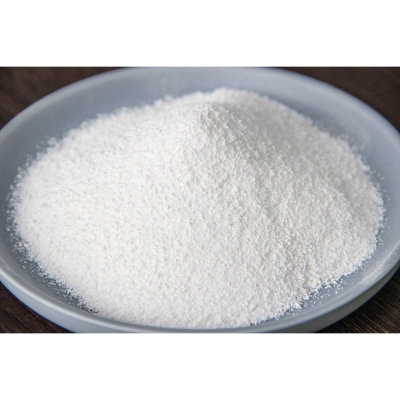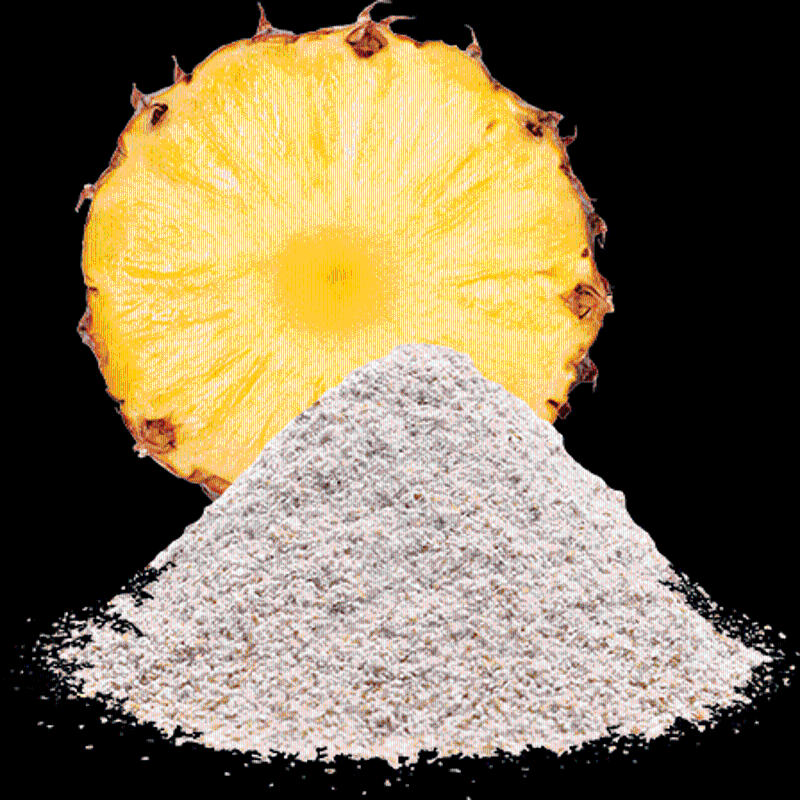-
Categories
-
Pharmaceutical Intermediates
-
Active Pharmaceutical Ingredients
-
Food Additives
- Industrial Coatings
- Agrochemicals
- Dyes and Pigments
- Surfactant
- Flavors and Fragrances
- Chemical Reagents
- Catalyst and Auxiliary
- Natural Products
- Inorganic Chemistry
-
Organic Chemistry
-
Biochemical Engineering
- Analytical Chemistry
-
Cosmetic Ingredient
- Water Treatment Chemical
-
Pharmaceutical Intermediates
Promotion
ECHEMI Mall
Wholesale
Weekly Price
Exhibition
News
-
Trade Service
Biotech report: In the 1980s, chemist Kary Mullis of Cetus Corporation invented PCR.
PCR method competition
The principle of PCR is needless to say here
End-point PCR
End-point PCR is the most primitive and simple PCR method, and it is still widely used by us today
qPCR and dPCR
Researchers have overcome the challenges of PCR quantitative analysis in two ways: real-time quantitative PCR (qPCR) and digital PCR (dPCR)
SYBR® Green is an intercalating DNA dye widely used in qPCR
Although both qPCR and dPCR can quantify nucleic acids in a sample, they have an important difference
dPCR is generally more accurate
PCR method and application
| application | End-point PCR | qPCR | dPCR |
| Cloning and library construction | * | ||
| Targeted sequencing | * | ||
| Generating site-specific mutations | * | ||
| Small sequence insertion | * | ||
| cDNA synthesis | * | ||
| Detect low-abundance DNA or RNA sequences | * | * | * |
| Nucleic acid quantification | * | * | |
| Detection of SNP and genetic variation | * | * | |
| Analyze CT-DNA | * | * | |
| Assess pathogen load | * | * | |
| Multiple detection | * | ||
| High-throughput screening | * | ||
(Coming soon: PCR instrument purchase guide)







